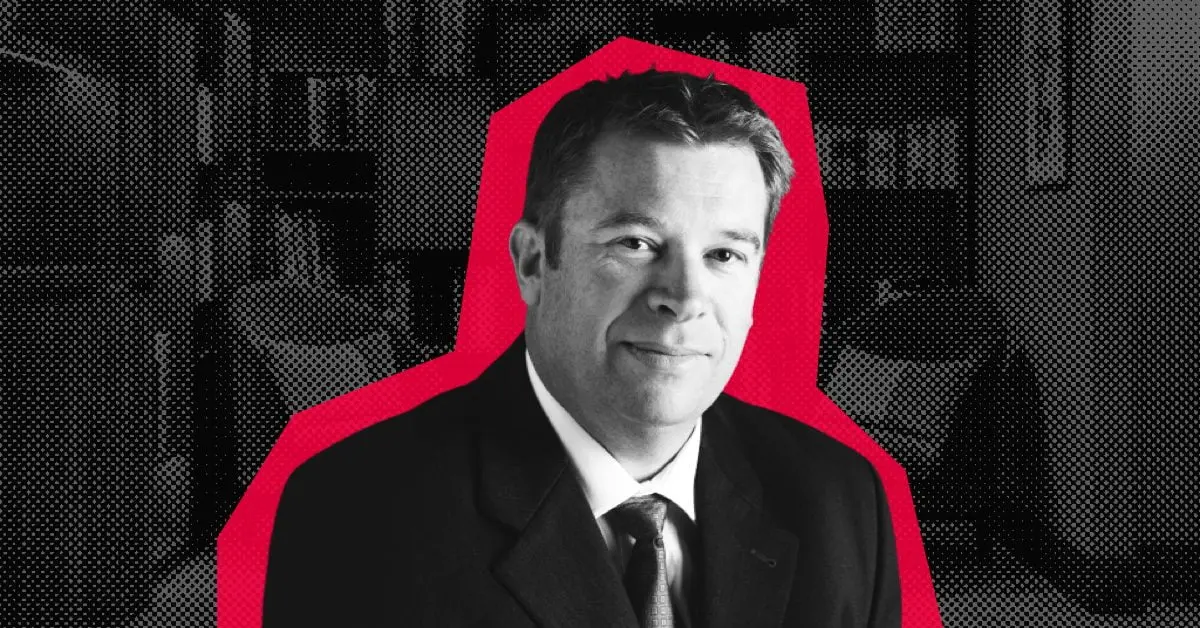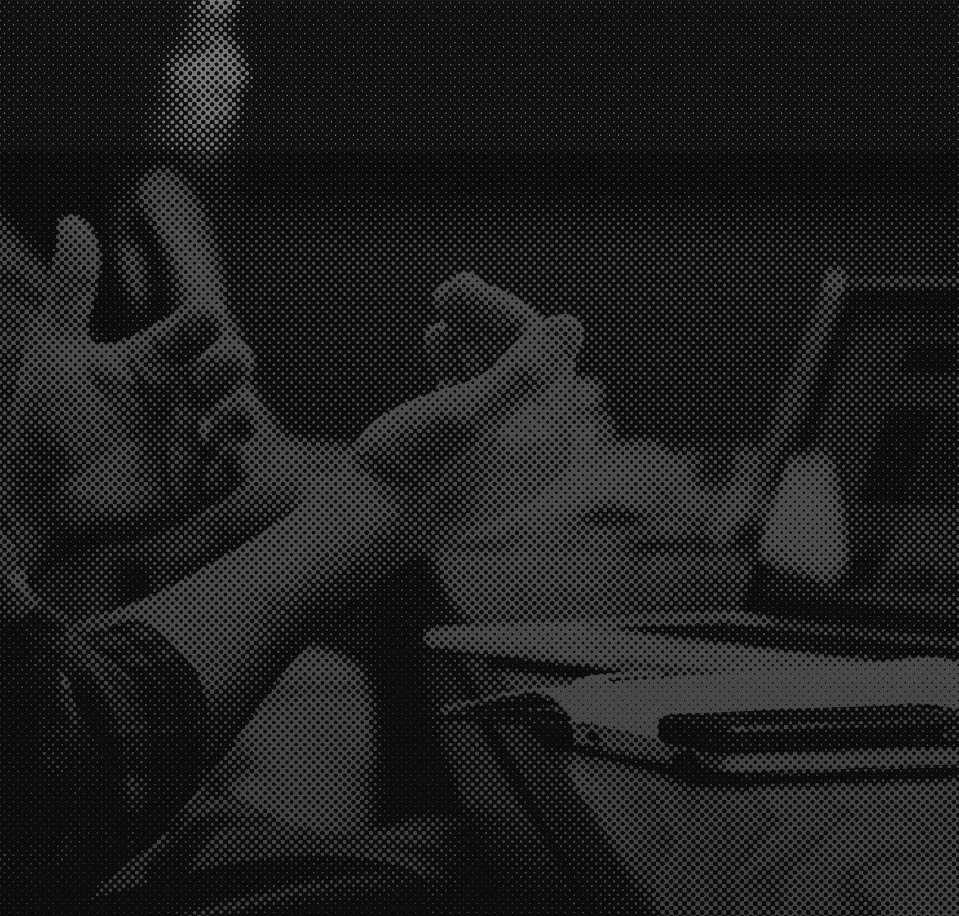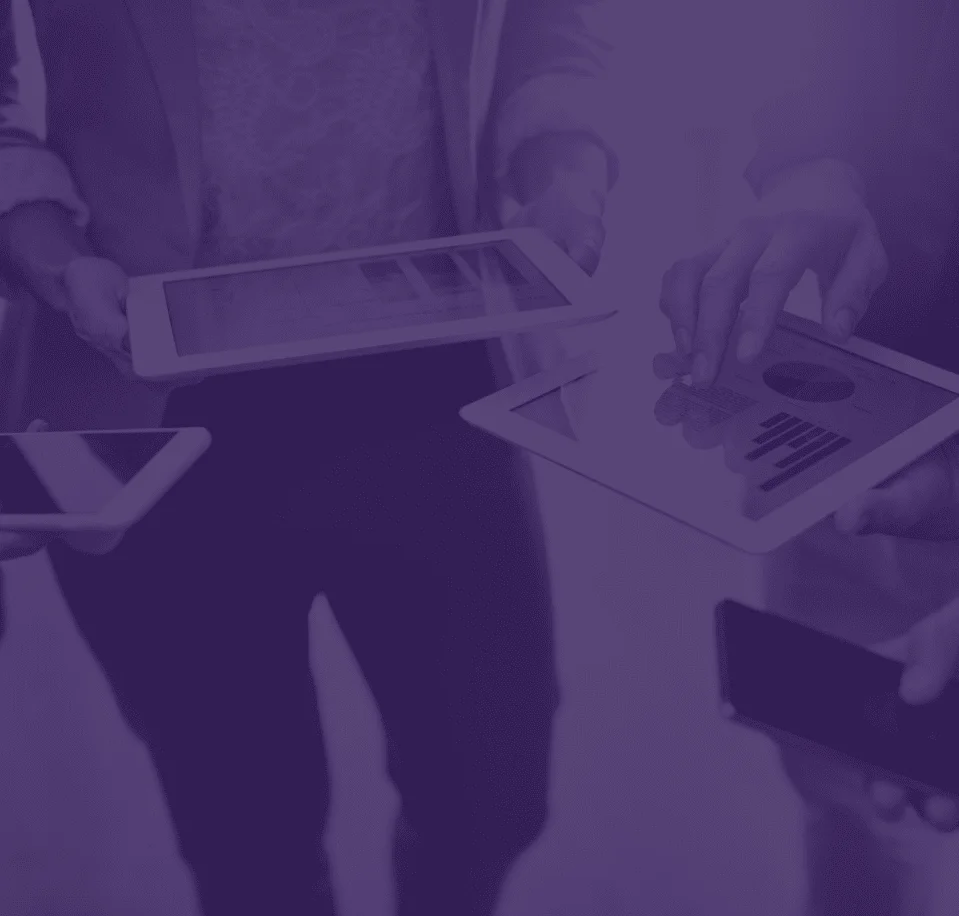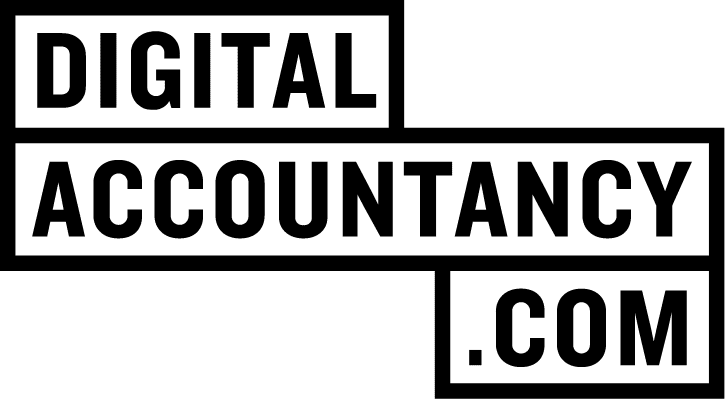When I started at what was then Arthur Young in 1984, the office was like a rabbit warren with poky small rooms over five floors in a skinny building. We had a basement filing room and a floor designated for secretaries and typing. The team of typists punched out letters, financial statements and even typed numbers into pre-printed tax forms. We also had perforated tax forms – they were the new thing – on the dot matrix printer that zipped nosily back and forth, creating lines of text and characters.
If we were late to work, we would go straight to the basement filing room and grab a few files, totally irrelevant to the work we were doing, and go back to our desks. Thirty minutes later, we would put them in the ‘to filing room’ trolley for the office junior to put back. Interestingly, I used to pick the same files each time. We worked very independently, in silos, ironically similar to our work from home today.
Soon after the merger happened with Ernst and Whinney to become Ernst and Young, we had what I would characterise as a technological transformation. We relocated to a new huge open plan office on one floor, with a special feature – the filing room was in the centre of the office with open walls for clear visibility of those who had in the past sought refuge in there.
Mobile phones and the Internet were still years away but we got our first PCs in the ‘computer room’, for which you had to book a time slot and process entries into ‘software’. For me, just out of university, it was cool, I understood how they worked, and I embraced it. The mid-to-late 1980s ‘new norm’ of work was a natural development for my generation and it clearly exposed the ‘old’ over-30s. If you were over 40, you didn’t know what had hit you.
Those in audit were really lucky – they had a pool of ‘Apple Macintosh’ computers with the first Excel and Word variants… and ‘special staff’, who would share knowledge, could take them home at night to learn more about them. The only difficulty was lugging around the 20kg bag!
The 1990s rolled in and the typing floor turned into a team of two with word processors, PCs turned up on all desks, and software became our tool to transition from paper and storage. Workflows, systems, standard forms, standardised processes were trained and engrained. My lateral thinking about ideas and opportunities couldn’t contain me to EY any longer, even with the temptation of a partnership opportunity.
Ultimately, this led me to create MyWorkpapers to enable accountants to realise the full benefits technology has to offer.
Kathryn Wellum-Kent is a Director at the accountancy firm, MHA Monahans, which has eight offices across South West England and which, last year, implemented MyWorkpapers shortly before the first national lockdown came into effect. Kathryn has been in the profession for coming up to 20 years, having joined a Big Four firm out of university in 2002.
In the years since, she has witnessed a transformation from doing work experience in an audit team that shared a laptop and where documents had to be backed-up on multiple floppy disks, to the advanced cloud-based systems we have in place today.
Two and a half years ago, she moved to MHA Monahans where she is a Director working on a mixture of year-end compliance, VAT and personal tax returns, as well as an increasing focus on what she describes as being an ‘outsourced finance function’, taking most financial tasks off a client’s plate plus a focus on monthly management reporting.
She also manages several associates and Trainees and is responsible for the deployment of technology within the firm.
Those less experienced members of staff are entering a very different world, where they are given laptops as standard and have twin-screen workstations for when they’re in the office.
However, one of the most important tools that these newer members of the team at MHA Monahans have access to is MyWorkpapers.
Kathryn says that MyWorkpapers has been a “God-send” during the lockdown. MyWorkpapers integrates into Monahans’ existing systems and has eased the firm’s move to remote working and centralisation of workflow practices. MyWorkpapers has also contributed to MHA Monahans ‘one firm’ centralisation plan to standardise processes and workflows, whilst still maintaining it’s local presence across their eight offices in the South West. This was a long-term ambition of the firm’s leadership but was catalysed by the need to enable remote working. Now work across the firm is allocated by a process administered by a single individual, rather than several people across different offices.
Moving to the new ‘single firm’ model has brought with it several advantages, including that work is now carried out in the same way across each of the offices and that staff are now working more collaboratively across the firm.
Despite the success of home working during the pandemic, Kathryn does not see this as the end of the office by any means. She notes that home working does not suit everyone and it is not always feasible, especially for Trainees and junior members of staff who benefit from the constant dialogue that goes on in the office.
Additionally, Kathryn recognises that younger members of staff may not have suitable space at home in which to work. They could be at home with their parents or in a house share that means they need to work in their bedroom, for example.
She says that the firm’s younger members of staff are keen to get back to the office as soon as possible as it is generally the best place for them to work.
However, for older and more experienced members of staff, the reality in future is likely to be some sort of hybrid of home working and office working.
Kathryn says that the firm has made “great strides forward” with its internal technology that has MyWorkpapers at its core for client engagement and that it is now working to educate clients about how they can make better use of technology in their own businesses and the kind of advantages they can gain from doing so.
The goal is to create an ecosystem of apps with MyWorkpapers at its core, allowing for an automatic and seamless flow of information between Monahans and its clients – a far cry from a single laptop shared by an entire audit team and floppy disk back-ups.







